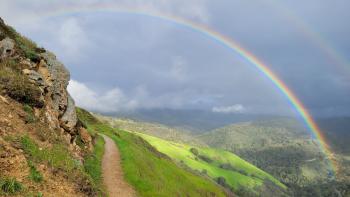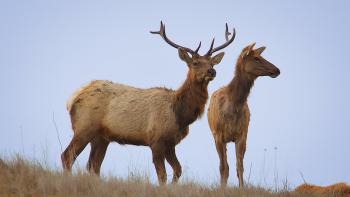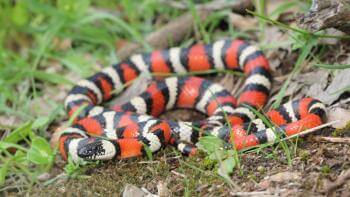Wildlife Grammy Awards
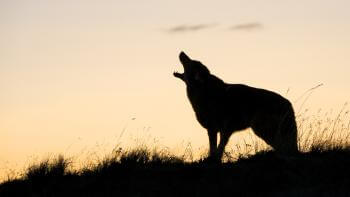
Ah, the GRAMMY Awards. This annual event presents what many regard to be the most prestigious and significant awards in the music industry worldwide. But while everyone else gushes about Best New Artist and debates who was robbed of Album of the Year, we’re celebrating a very different category of music...
Keep reading to discover ten of Santa Clara Valley’s most talented wildlife musicians.
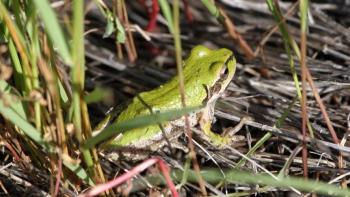
1. Pacific tree frog
One of the earliest signs of spring here in the Santa Clara Valley is the familiar ribbitting symphony heard across open spaces. The mating call of the Pacific tree frog is a high pitched, two-note “rib-bit” or “kreck-eck.” Appropriately, they are also known as “chorus frogs.”
Spend some time by a pond, stream, or meadow around dusk and you should be sure to hear them! If you’re short on time, check out this video on our Facebook where you can hear frogs in the background (and a red-winged blackbird, who we’ll get to later!).
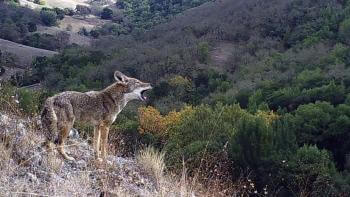
2. Coyote
Who’s serenading your open spaces at sunset? The neighborhood coyote, of course, howling to advertise its presence. Coyote calls can be heard up to three miles away, and each type of vocalization can mean something different. Some theories based on scientific research: Howl = announcing presence and territory; Yelp = celebration, criticism, or play; Bark = defensive threat; Huff = quietly call to pups.
You can listen for yourself on our Facebook page.
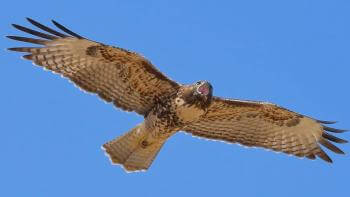
3. Red-tailed hawk
Can you think of the iconic eagle screech you often hear in movies and TV? Surprise! That is actually the call of the red-tailed hawk! The smaller red-tailed hawk has a much more impressive call than the bald eagle - which is why many producers will dub over the eagle's squeaky call with the powerful scream of the red-tailed hawk.
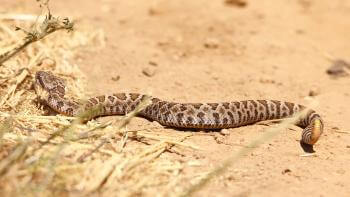
4. Northern Pacific rattlesnake
Our award for rhythm goes to this iconic snake! Rattlesnake rattles are made of keratin, the same protein that makes up our fingernails, with loose pieces of the same material inside. When they feel threatened, they rattle their tails to warn predators. If you hear their grating “ch-ch-ch" sound when exploring open space, don’t panic. Try to locate where the sound is coming from, then calmly and slowly move away from the snake.
Watch this video to hear the sound from the safety of your home.
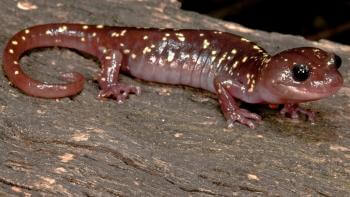
5. Arboreal salamander
While not the loudest song, this one might be the most surprising! Amphibians are generally quiet creatures, but arboreal salamanders may squeak when threatened or disturbed. (You can listen to a recorded example of this sound, thanks to CaliforniaHerps.com). Scientists theorize that this sound comes from the salamander retracting its eyes into its sockets, which compresses air into the mouth and forces it outward.
We give this critter the award for most creative music production!
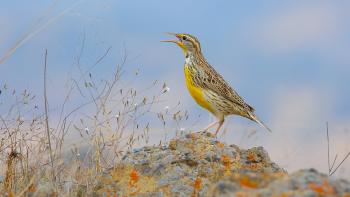
6. Western meadowlark
“Meadowlark, when you sing it’s as if / You lay your yellow breast upon mine and say / Hello, hello,” - Mary Oliver.
Meadowlarks create wonderful music in their grassland habitats. In the spring, you can see the males singing from high bushes or fence posts – listen for the bright, complex song. They produce a variety of flutelike whistles and gurgling warbles to attract mates and compete with males, resulting in a magical outdoor symphony.
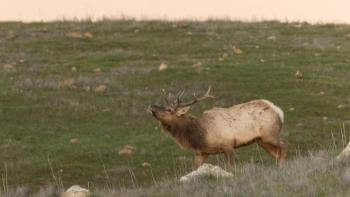
7. TULE Elk
During rut season, which peaks in October and November, the most common breeding ritual for tule elk is called bugling (pronounced “byoo-guh-ling"). The male elk, or bull, makes loud noises to attract a female elk, known as a cow. The sound is like a piercing screech combined with low grunts, which you can hear for yourself in this video from US Fish & Wildlife Service. Headphone users, proceed with caution.
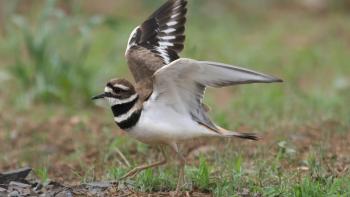
8. Killdeer
This little sandpiper-like bird gets its name from their shrill, wailing “kill-deer!” call. Eighteenth-century naturalists called them “chattering plovers” and “noisy plovers” for how loud they are. Check it out for yourself on AllAboutBirds.org.
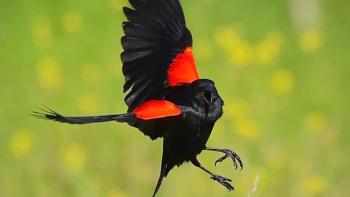
9. Red-winged blackbird
Another iconic sound of spring, the male red-winged blackbird’s song starts as an abrupt note that turns into a musical trill. You can describe this song as a “o-ka-leeee!”
Red-winged blackbirds live in wetlands and farmlands – so get out to Coyote Valley this spring for a listen! (You can also hear it on AllAboutBirds.org.)
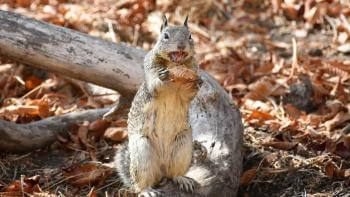
10. California ground squirrel
Community alarm system? California ground squirrel has that covered. If you hear a high-pitched “Chirp! Chirp!” sound when at the preserves, it might be a ground squirrel alerting its colony of danger! When making these warning calls, ground squirrels often stand on their hind legs, meerkat-style, and continue chirping until the danger is gone.
Research suggests that these squirrels use different warning sounds for different types of predators (predators on the ground vs. predators in the sky). Listen to the squirrel’s chirp here!
Photos: Pacific tree frog - David Tharp, Coyote - OSA wildlife camera, Red-tailed hawk - David Mauk, Rattlesnake - David Mauk, Arboreal salamander - Canva, Western meadowlark - David Mauk, Tule elk - Derek Neumann, Killdeer - Andy Wilson, Red-winged blackbird - David Mauk, Ground squirrel - Janet O'Brien
